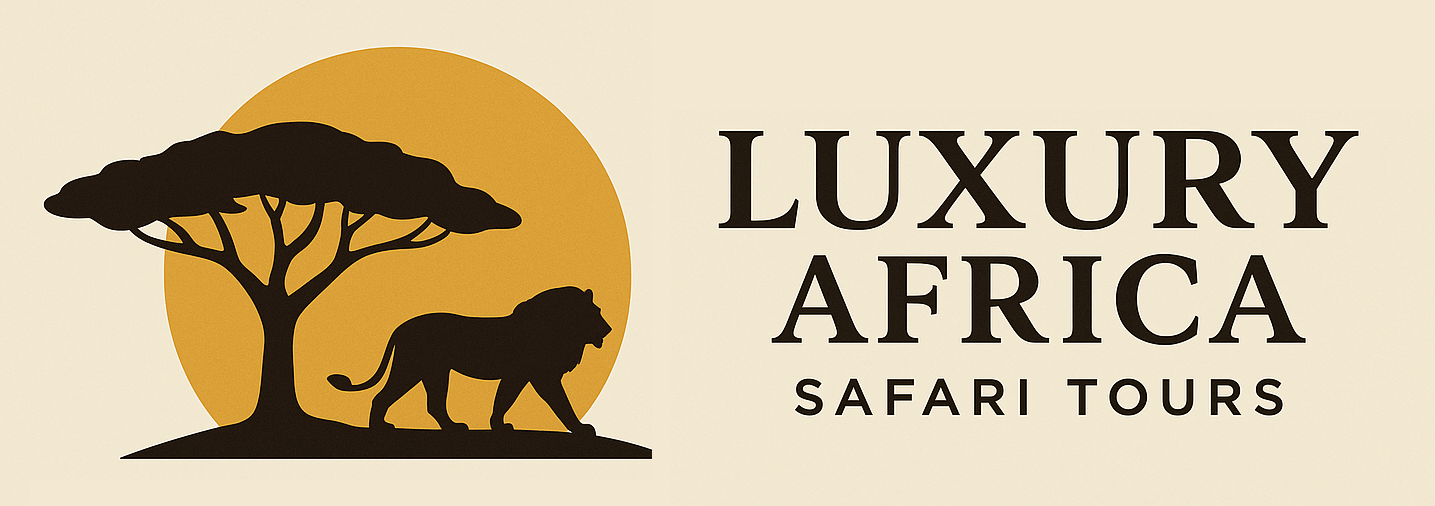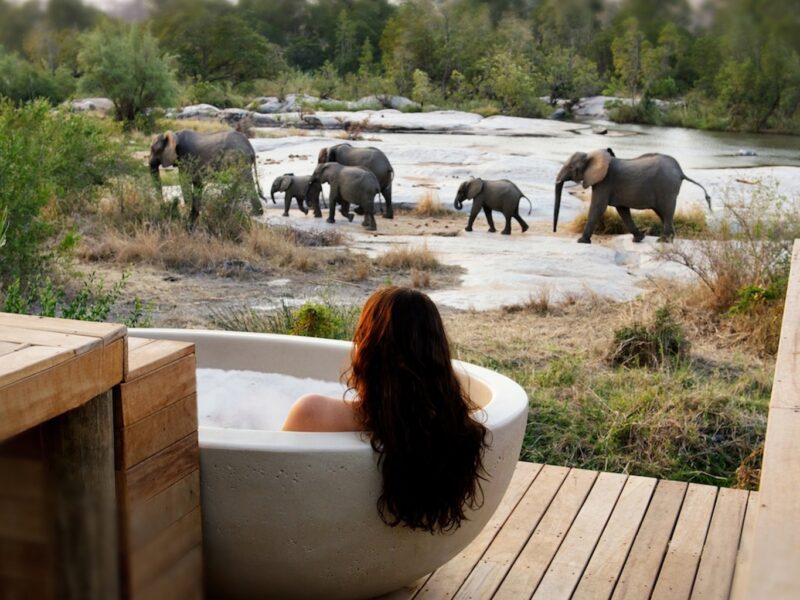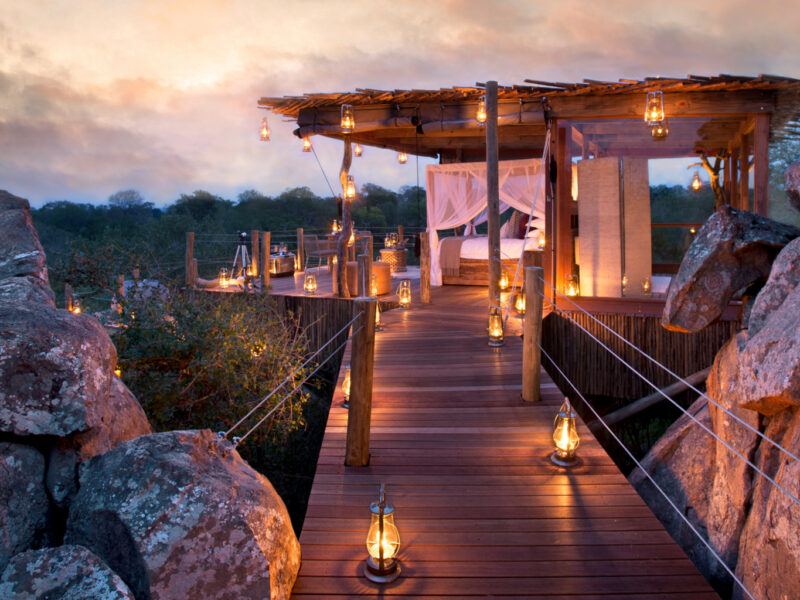Ruaha vs Nyerere: Visiting Tanzania’s Southern Safari Circuit
Both Ruaha and Nyerere offer a more secluded, intimate safari experience compared to Tanzania’s northern circuit, but they each do it in distinct ways. Whether you prefer the hushed stillness of baobab valleys or the call of fish eagles over a winding river, Tanzania’s southern circuit reveals a wilder, more elemental Africa—where the safari is not just a checklist of animals, but a journey into rhythm, silence, and the soul of the bush.
Introduction: The Wild South of Tanzania
Tanzania’s southern safari circuit offers some of the most unspoiled, untamed, and rewarding wilderness experiences on the continent. While the northern circuit—home to the Serengeti and Ngorongoro Crater—draws the majority of visitors, the south remains a haven for safari purists and seasoned travelers looking to escape the crowds. The crown jewels of this southern circuit are Ruaha National Park and Nyerere National Park (formerly part of the vast Selous Game Reserve). Both parks deliver outstanding wildlife viewing, dramatic landscapes, and a raw, elemental atmosphere that feels like stepping back in time. Yet they are very different in character, and choosing between them depends on what kind of safari you seek.
Ruaha National Park: The Epitome of Rugged and Remote
Ruaha is Tanzania’s largest national park, a wild, semi-arid expanse marked by ancient baobabs, dry riverbeds, and rocky escarpments that shelter extraordinary wildlife. It is a park that rewards patience and quiet observation, offering a deeper, more meditative safari experience. Wildlife here is prolific, but the beauty of Ruaha lies in its sense of discovery. You may go hours without seeing another vehicle, making each encounter feel personal and authentic.
The park is home to all of the Big Five, although rhino are extremely rare. Elephant herds roam in large numbers, especially in the dry season, and Ruaha is one of the best places in Africa to see large lion prides, leopards, and cheetahs. It also boasts East and Southern African species overlapping in the same ecosystem—such as greater and lesser kudu, sable and roan antelope—creating a uniquely diverse mix.
Ruaha’s lodges are small, often intimate camps that prioritize eco-conscious luxury and immersive guiding. Game drives are the main activity, but walking safaris and fly-camping under the stars add a thrilling dimension. The park’s dry, dramatic beauty and isolation make it perfect for safari-goers who crave silence, space, and authenticity.
Nyerere National Park: Water, Wilderness, and Adventure
Formerly the northern sector of the legendary Selous Game Reserve, Nyerere National Park is Africa’s largest single protected area and defined by its watery heart—the Rufiji River. This river system, with its intricate network of channels, oxbow lakes, and seasonal floodplains, gives Nyerere a completely different energy than Ruaha. The landscapes are greener and more varied, supporting a broad range of wildlife and activities that make the park incredibly dynamic.
This is one of the few places in East Africa where boating safaris are a highlight. Cruising along the Rufiji among pods of hippos, crocodiles, and water birds adds an entirely different layer to the safari experience. Combined with traditional game drives and walking safaris, Nyerere delivers an all-rounded, adventure-filled itinerary.
Wildlife includes lions, buffalo, elephants, wild dogs, hyenas, and large herds of plains game. Leopard sightings are possible, though more elusive, and the park’s birdlife is outstanding. It’s worth noting that because of the dense vegetation and water, sightings here may be less predictable but often more surprising and dramatic when they do occur.
Lodges and tented camps in Nyerere tend to be spread out and located near waterways, offering relaxed, stylish bases with fantastic views. Game viewing is typically concentrated around the river and its tributaries, especially in the dry season from June to October.
Key Differences at a Glance
Landscape: Ruaha is drier, rugged, and baobab-studded; Nyerere is lush, riverine, and marshy.
Wildlife Density: Ruaha tends to have denser and more visible predator populations; Nyerere’s wildlife is more dispersed but includes river-based species.
Activities: Ruaha focuses on classic drives and walking safaris; Nyerere adds boat safaris and fishing to the mix.
Accessibility: Both parks are best reached by small aircraft from Dar es Salaam. Nyerere is closer and more accessible; Ruaha feels more remote and isolated.
Atmosphere: Ruaha is raw, dry, and dramatic—a place of elemental solitude. Nyerere is diverse, tranquil, and rich in aquatic life—more relaxed and varied in pace.
Which One Should You Choose?
Choose Ruaha if you’re a seasoned safari-goer, a photographer, or someone drawn to stark, arid beauty and serious predator action. Ruaha is ideal for those who want exclusivity and are happy to forgo some diversity for sheer wilderness immersion.
Choose Nyerere if you’re on your first safari or want a broader mix of activities. The blend of land and water-based excursions makes it especially appealing to families, couples, or those seeking variety and comfort in a wild setting.
For those with time and budget, combining both parks into one itinerary makes for an exceptional southern Tanzania safari, contrasting Ruaha’s rugged heartland with Nyerere’s tranquil, watery world. Few safari routes offer such a rich and untamed duality—and fewer still remain so wonderfully under the radar.




